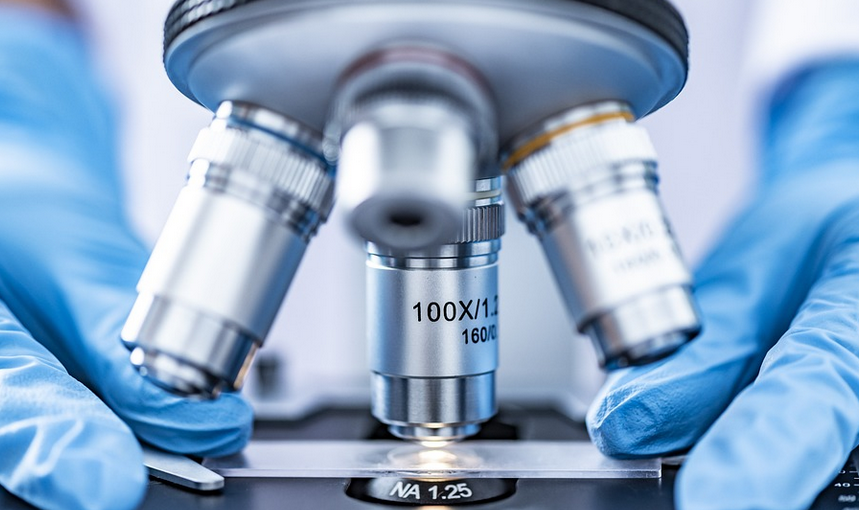The Basics of ATP Hydrolysis
ATP hydrolysis is the process of breaking down adenosine triphosphate (ATP) into adenosine diphosphate (ADP) and inorganic phosphate (Pi). This process is crucial for energy production in living organisms, as the energy released during hydrolysis can be used for various cellular processes. The chemical equation for ATP hydrolysis is as follows: ATP + H2O → ADP + Pi + energy This equation shows that one molecule of ATP is converted into one molecule of ADP and one molecule of Pi, with the release of energy. The energy released during ATP hydrolysis is used by the cell to carry out various functions such as muscle contraction, nerve impulse transmission, and biosynthesis.
The Role of Enzymes in ATP Hydrolysis
ATP hydrolysis is catalyzed by enzymes called ATPases. These enzymes help to lower the activation energy required for the reaction to occur, making it easier for ATP to be broken down into ADP and Pi. There are several types of ATPases, each with a specific function in the cell. For example, the F-type ATPases found in mitochondria are involved in the production of ATP through oxidative phosphorylation.
The Importance of ATP Hydrolysis
ATP hydrolysis is one of the most important processes in living organisms, as it provides the energy needed for various cellular activities. Without ATP hydrolysis, cells would not be able to carry out essential functions such as muscle contraction, nerve impulse transmission, and biosynthesis. In addition, ATP hydrolysis is also important for the regulation of cellular processes such as metabolism and cell division.
The Relationship between ATP Hydrolysis and ATP Synthesis
ATP hydrolysis and ATP synthesis are two interdependent processes that are essential for energy production in living organisms. ATP hydrolysis releases energy that is used for various cellular activities, while ATP synthesis requires energy to create ATP molecules. ATP synthesis occurs through two main pathways: oxidative phosphorylation and substrate-level phosphorylation. In oxidative phosphorylation, ATP is synthesized through the electron transport chain in the mitochondria, while substrate-level phosphorylation occurs in the cytoplasm during glycolysis.
The Role of ATP Hydrolysis in Muscle Contraction
ATP hydrolysis plays a crucial role in muscle contraction. During muscle contraction, ATP is broken down into ADP and Pi, releasing energy that is used to power the movement of the muscle fibers. The energy released during ATP hydrolysis is used to move the myosin heads along the actin filaments in the muscle fibers, causing the fibers to contract. This process continues as long as ATP is available for hydrolysis.
The Effect of pH on ATP Hydrolysis
The rate of ATP hydrolysis is affected by pH. The optimum pH for ATP hydrolysis is around 7.0, which is the pH of most cellular environments. However, changes in pH can affect the activity of ATPases, leading to a decrease in the rate of ATP hydrolysis. For example, a decrease in pH can lead to the denaturation of ATPases, making them less effective at catalyzing the hydrolysis of ATP.
Conclusion
In summary, ATP hydrolysis is a crucial process for energy production in living organisms. The chemical equation for ATP hydrolysis shows that one molecule of ATP is converted into one molecule of ADP and one molecule of Pi, with the release of energy. Enzymes called ATPases catalyze this process, making it easier for ATP to be broken down. ATP hydrolysis plays a role in many cellular processes, including muscle contraction, nerve impulse transmission, and biosynthesis.

